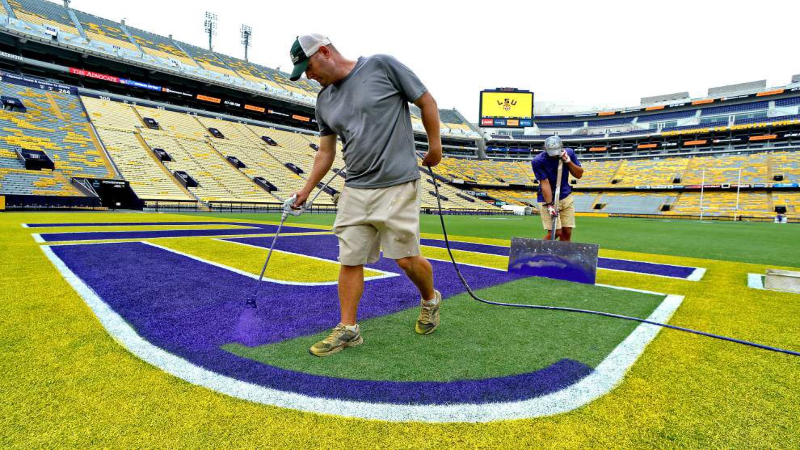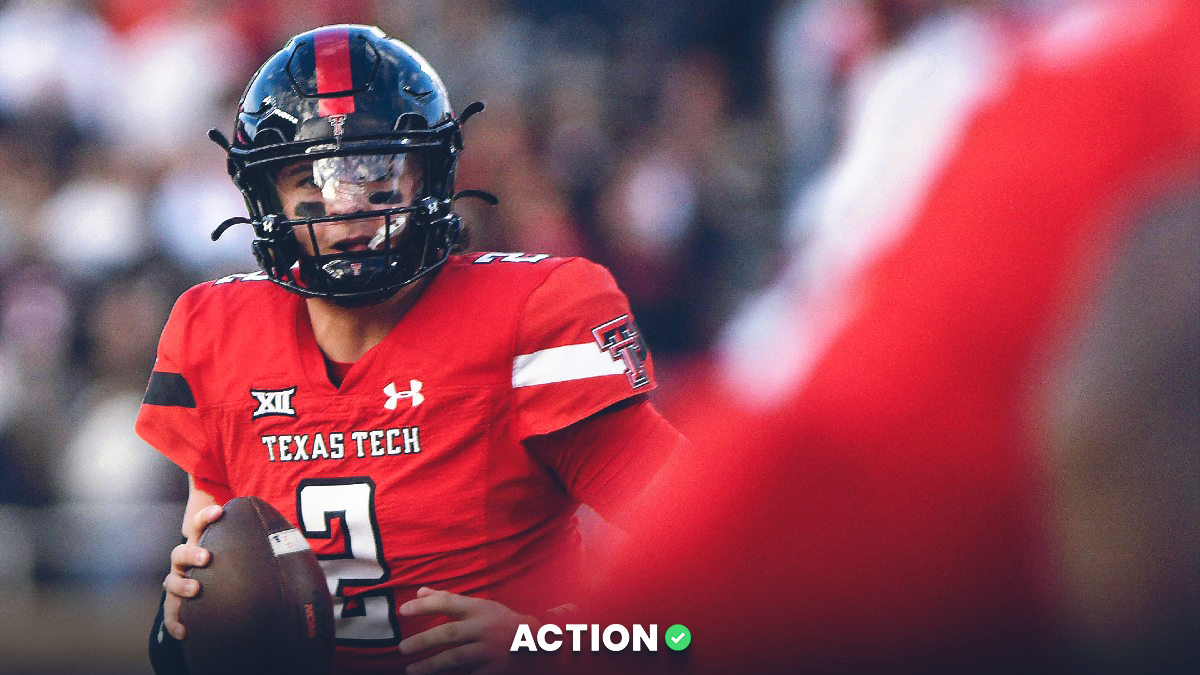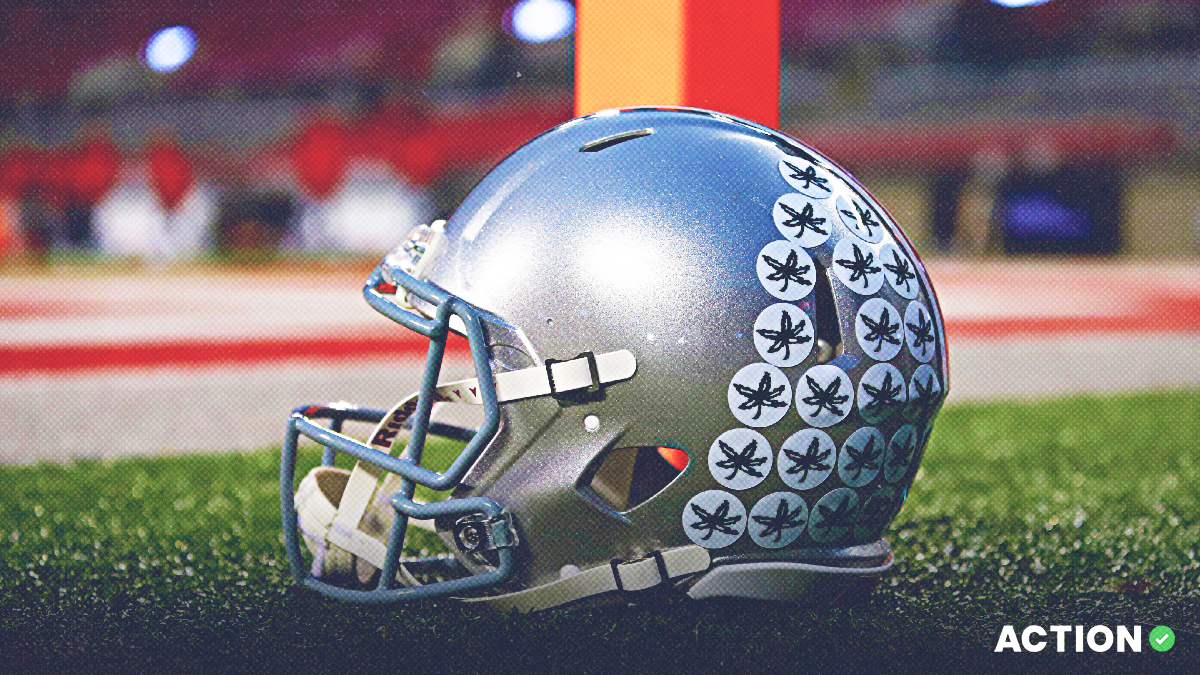Myths of Home-Field Advantage in College Football
For years, I worked on getting a power rating system worthy of predicting the oddsmakers' opening line. The process was often like being on a game show, trying to forecast how a college football number would move and where it'd close at the sharpest books.
While my power ratings game is now locked down, I still find large discrepancies between how I value home-field advantage compared to the oddsmakers.
We all have plenty of theories for why some teams play better at home than others. Does altitude play a role for Mountain West teams? Does noise really play a factor, especially when coaches went to silent snap counts or signage with Scott Van Pelt's grill?
Home-Field Advantage Evolution
Stadium size and the use of straight-up records became the go-to metrics, but how fair is that argument without strength of opponent factored in?
A program could go through a rough stretch of scheduling, coaching changes, overall poor play and violations that alter recruiting. Or motorcycle rides could send a team spiraling.
As The Action Network's Danny Donahue pointed out last week, home-field advantage is really about if a home team can consistently beat the bookmakers. And generally, bettors overvalue home-field.
Since 2011 Boise State has posted the 3rd worst Home ATS record at 14-30 https://t.co/jsrRKF7Si1
— Collin Wilson (@_Collin1) April 20, 2018
Teams that deserve a point-spread advantage are the teams that consistently cover on their home field.
Conversely, if a team never covers the number at home, then it should get fewer than 2.5 points. Some even get less than a point.
While ESPN did a decent job of making PAE, it is solely based on points scored above the FPI power rankings, and not the Vegas closing number.
With that in mind, my home-field advantage is weighted on an against-the-spread number from a three- and 10-year sample size.
While the three-year home-field ATS record could represent changes in recruiting classes, coaching or stadium dynamics, a 10-year sample gives enough iterations to find the mean of home-field advantage.
The calculation weights the home ATS record, positive or negative, against a standard home-field advantage of 2.5 points.
I have personally weighted the 10-year sample set at 80%, with the three-year sample set at 20% of the final number.
This gives plenty of iterations against the mean to find a true home-field advantage.
You can adjust the mean (2.5) and weighted average, but rewarding teams that consistently beat oddsmakers at home should be your main goal.
















































